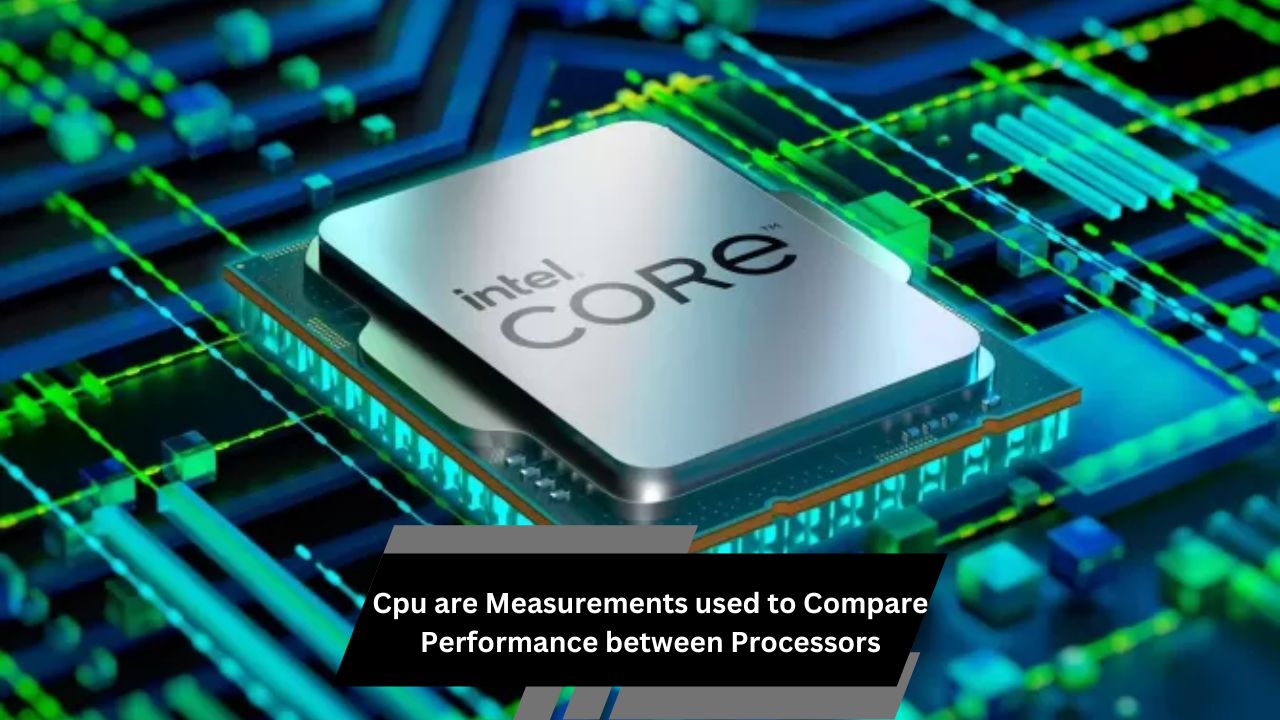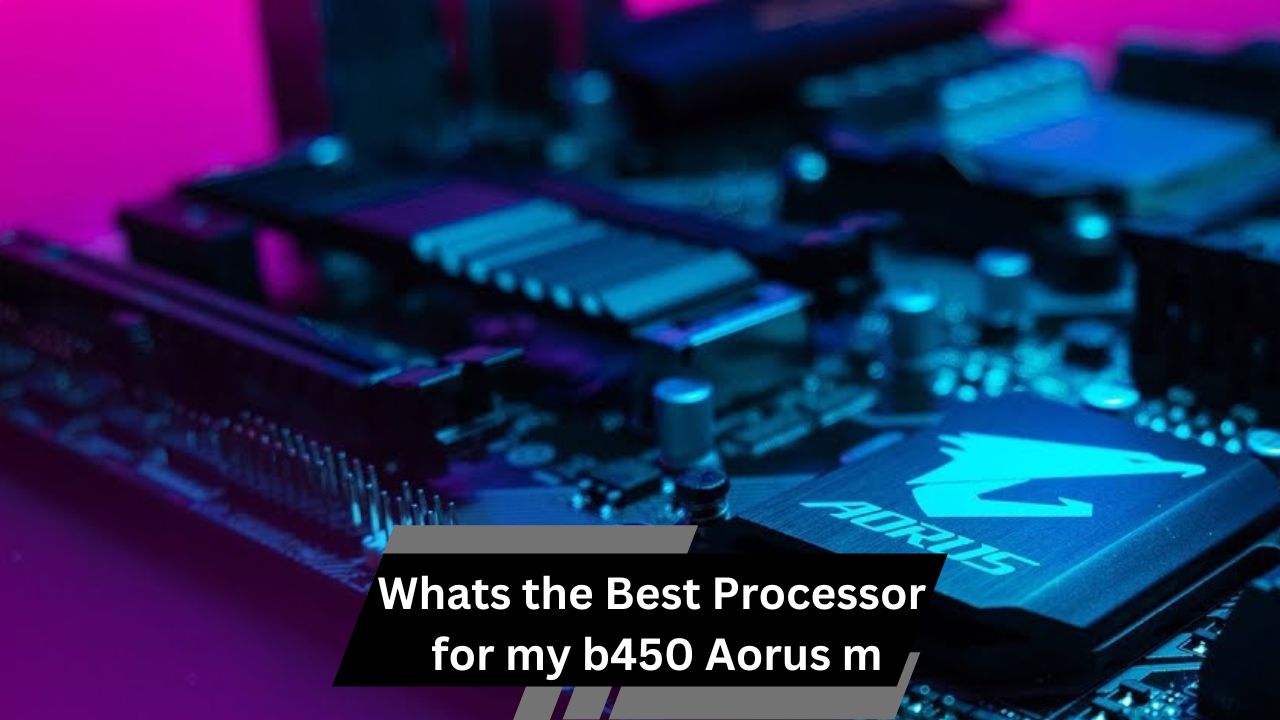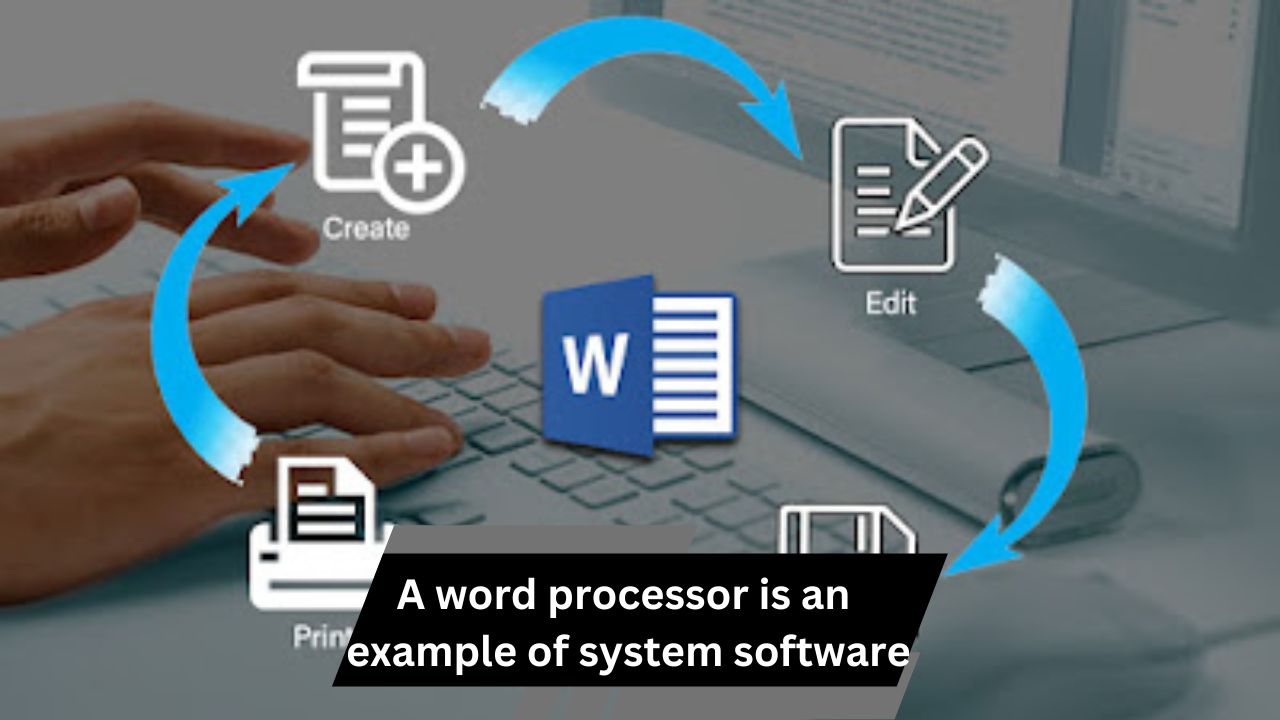When comparing CPUs, key metrics like clock speed, core count, cache size, IPC, benchmarks, and power consumption help identify the best processor for your needs.
When selecting a CPU (Central Processing Unit), it’s essential to understand the key performance metrics that can help you make an informed decision. These performance measurements are crucial for comparing different processors and selecting the best one for your specific needs. This guide breaks down the most important CPU performance metrics, explaining what they mean and how they impact your computing experience.
CPU benchmarks are standardized measurements used to compare performance across different processors. These tests evaluate speed, efficiency, multitasking, and gaming capabilities. Metrics like clock speed, core count, and single-thread performance play a vital role in comparisons. Benchmarks guide users in selecting processors tailored to their specific needs, ensuring value and performance alignment.
CPU performance is typically measured using metrics like clock speed (GHz), core count, threads, and benchmarks such as Cinebench and Geekbench. These benchmarks assess real-world tasks and multi-core efficiency, allowing for performance comparison between processors. Other factors include cache size, power consumption (TDP), and architecture advancements like IPC (instructions per cycle).
Clock Speed:
Clock speed, measured in gigahertz (GHz), refers to how many cycles a CPU can perform per second. A higher clock speed typically indicates a faster CPU, but it’s not the sole factor in determining performance.
For instance, a CPU with a 4.0 GHz clock speed may not always outperform one with a 3.5 GHz clock speed if other factors like core count are different. Thus, while clock speed is important, it should be considered alongside other metrics.
Number of Cores:
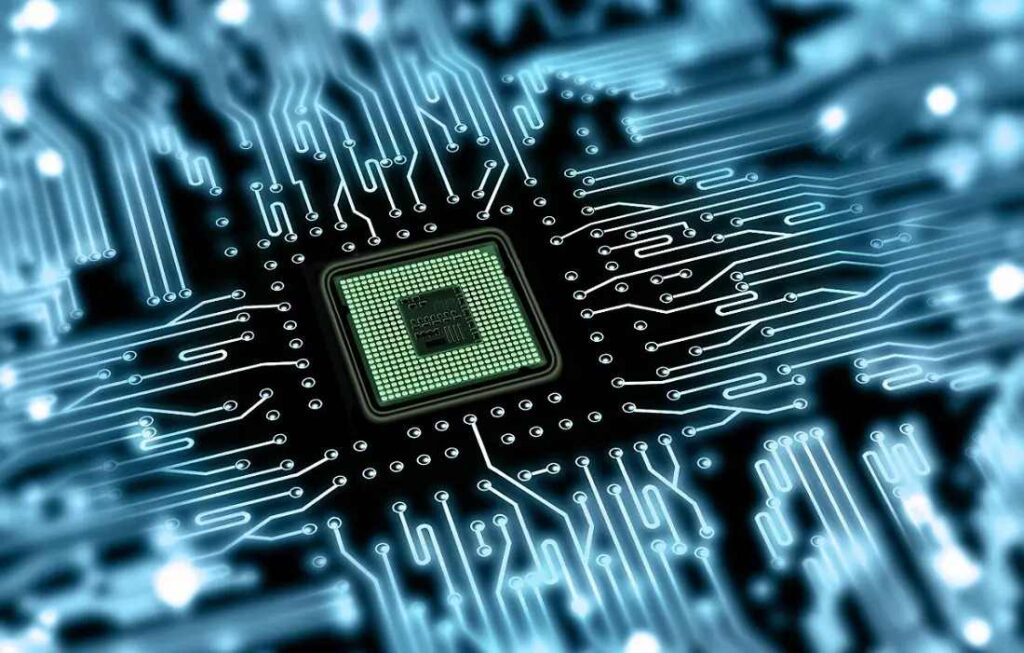
The number of cores in a CPU determines how many tasks it can handle simultaneously. Modern CPUs come with multiple cores, ranging from 2 to 16 or more. More cores enable better multitasking and enhanced performance in applications that can leverage multiple cores.
For example, a quad-core processor is better suited for multitasking and running complex applications compared to a dual-core processor, offering smoother performance and efficiency in demanding scenarios.
Threads:
Threads are the smallest units of execution within a CPU core. CPUs equipped with hyper-threading or simultaneous multi-threading (SMT) can handle more threads than the number of physical cores.
More threads can lead to improved performance, particularly in applications designed to take advantage of multi-threading, such as video editing software and modern games. This capability helps CPUs perform better in multitasking environments and manage complex computational tasks more effectively.
Cache Size:
Cache is a small, fast memory located within the CPU that stores frequently accessed data to speed up processing. The size of the cache can impact overall CPU performance, with larger caches typically resulting in faster data access and processing.
CPUs usually have multiple levels of cache: L1, L2, and L3. The L3 cache, being the largest, plays a significant role in enhancing performance for multi-core processors by reducing latency and improving data handling efficiency.
Thermal Design Power (TDP):
Thermal Design Power (TDP) indicates the maximum amount of heat a CPU generates under full load, measured in watts. TDP helps determine the cooling requirements for a CPU to ensure it operates efficiently and reliably.
A higher TDP usually means that the CPU will generate more heat and require a more robust cooling solution to prevent overheating and maintain performance. This metric is crucial for ensuring that your CPU remains within safe operating temperatures.
Also read: What Should my Processor Temp be – A Step-by-Step Guide!
IPC (Instructions Per Cycle):
Instructions Per Cycle (IPC) measures how many instructions a CPU can execute in a single clock cycle. Higher IPC values indicate greater efficiency, as the CPU can process more instructions per cycle.
IPC is particularly important for tasks that demand high performance per clock cycle, such as gaming and complex applications. A CPU with a higher IPC can deliver better performance even if its clock speed is lower compared to other processors with lower IPC values.
Performance Benchmarks:
Performance benchmarks are standardized tests used to evaluate a CPU’s performance across various tasks and applications. Popular benchmarking tools, such as Cinebench, Geekbench, and PassMark, provide comparative data on single-core and multi-core performance.
These benchmarks help users understand how different CPUs perform under specific conditions and workloads. By comparing benchmark scores, you can make more informed decisions about which CPU best suits your needs, whether for gaming, content creation, or general use.
Power Consumption:
Power consumption measures how much energy a CPU uses, expressed in watts. This metric affects energy efficiency and heat generation, with lower power consumption often leading to better energy efficiency and less heat.
For laptops and compact systems, lower power consumption is particularly beneficial. However, CPUs with higher power consumption may deliver better performance, so it’s important to balance power consumption with performance needs to achieve optimal efficiency.
Overclocking Capabilities:
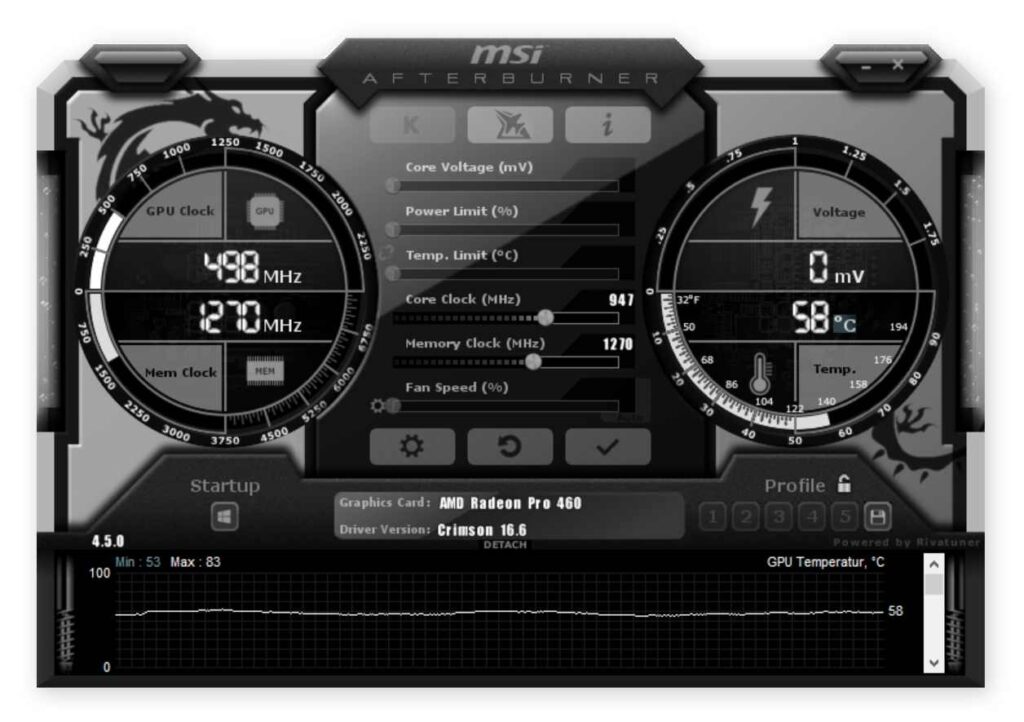
Overclocking involves running a CPU at a higher clock speed than its base rate to achieve increased performance. CPUs with good overclocking capabilities can provide enhanced performance beyond their standard specifications.
However, overclocking requires additional cooling solutions to manage the increased heat and may affect long-term reliability. While overclocking can boost performance, it’s important to consider the trade-offs in terms of heat management and potential impact on CPU lifespan.
Integrated Graphics:
Some CPUs come with integrated graphics, which eliminate the need for a separate graphics card for basic tasks. Integrated graphics are suitable for everyday use, such as web browsing and light gaming.
However, for more demanding graphics tasks, like high-end gaming or professional video editing, a dedicated graphics card is recommended. Integrated graphics provide a cost-effective and space-saving solution for systems where high-performance graphics are not essential.
FAQ’s:
1. What is clock speed in a CPU?
Clock speed, measured in GHz, indicates how many cycles a CPU performs per second. Higher clock speeds typically mean faster processing.
2. Why are the number of cores important in a CPU?
More cores allow a CPU to handle multiple tasks simultaneously, improving multitasking and performance in applications designed to use multiple cores.
3. What does IPC stand for in CPU performance?
IPC (Instructions Per Cycle) measures how many instructions a CPU can execute in a single clock cycle, affecting its efficiency and performance.
4. How does cache size impact CPU performance?
A larger cache size improves processing speed by storing frequently accessed data closer to the CPU, reducing latency and enhancing overall performance.
5. What is TDP in CPU specifications?
TDP (Thermal Design Power) indicates the maximum heat a CPU generates under full load, guiding cooling requirements to prevent overheating.
Conclusion:
In summary, when comparing CPUs, it’s important to consider a range of performance metrics to get a comprehensive view of each processor’s capabilities. Clock speed, core count, cache size, IPC, and other factors play crucial roles in determining overall performance. By understanding these measurements and reviewing benchmark data, you can select a CPU that best fits your requirements for gaming, content creation, or everyday computing tasks, ensuring a well-rounded and efficient computing experience.

